Paperbacks from Hell #3: THE REAPING by Bernard Taylor
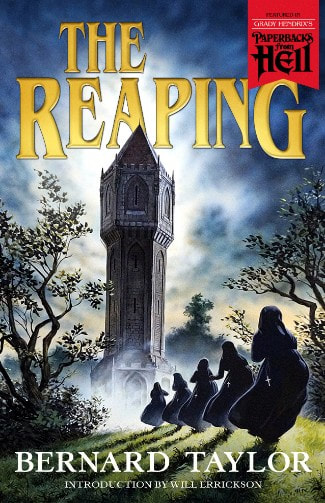
The story just exudes a gothic atmosphere that gets increasingly bizarre in ways that simultaneously attract and repel Rigby and the reader. There’s a slow build of discomfort and the sense that something is just a bit off, slowly increasing in creepiness as Rigby’s curiosity and failings further entrap him in the situation.
Book Review: CRYPT OF THE MOON SPIDER by Nathan Ballingrud
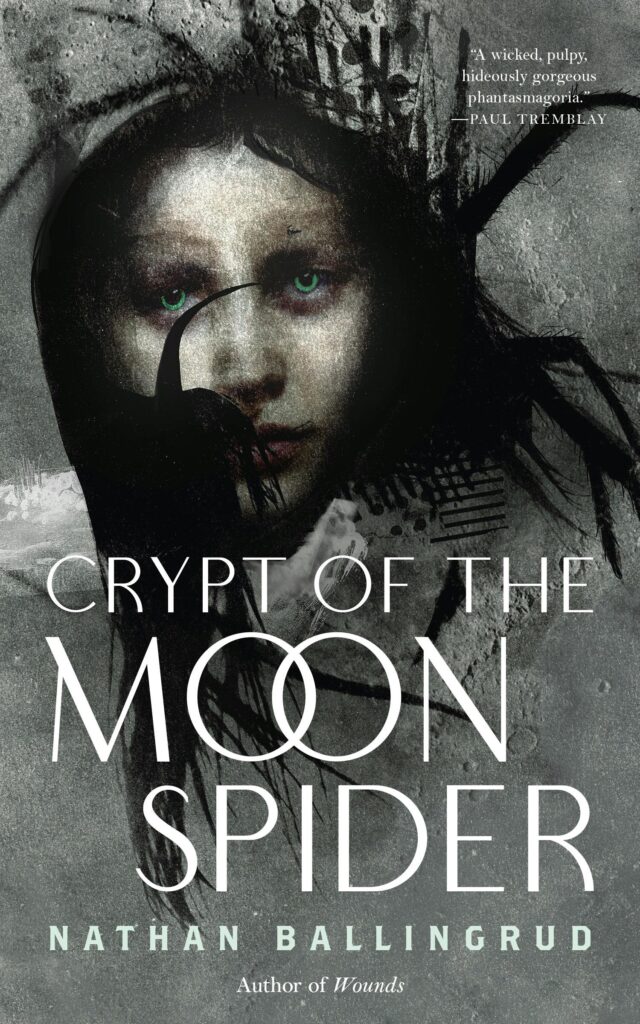
Gothic creepiness pervades the entirety of the novella, with a self-contained story whose characters and plot perfectly fit into the strengths of that format’s length.
Book Review: GHOST STATION by S.A. Barnes
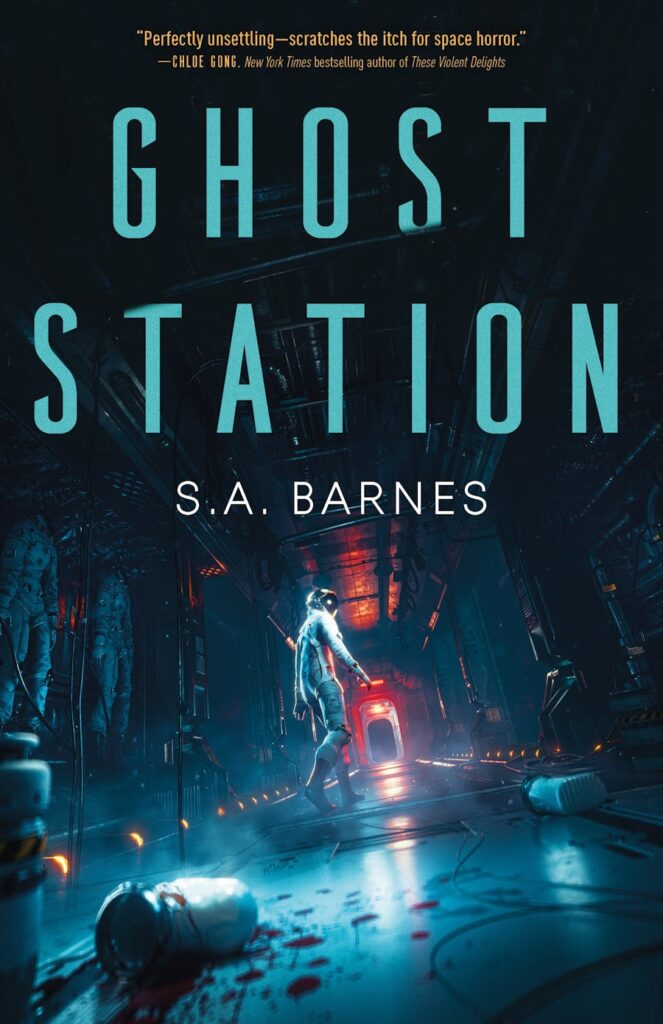
The novel is a good split between the two genres, though with a more overt presence and vibe of science fiction. I would predict it would be more readily enjoyed by general fans of science fiction that aren’t too into horror compared to the converse.
Book Review: DIAVOLA by Jennifer Thorne
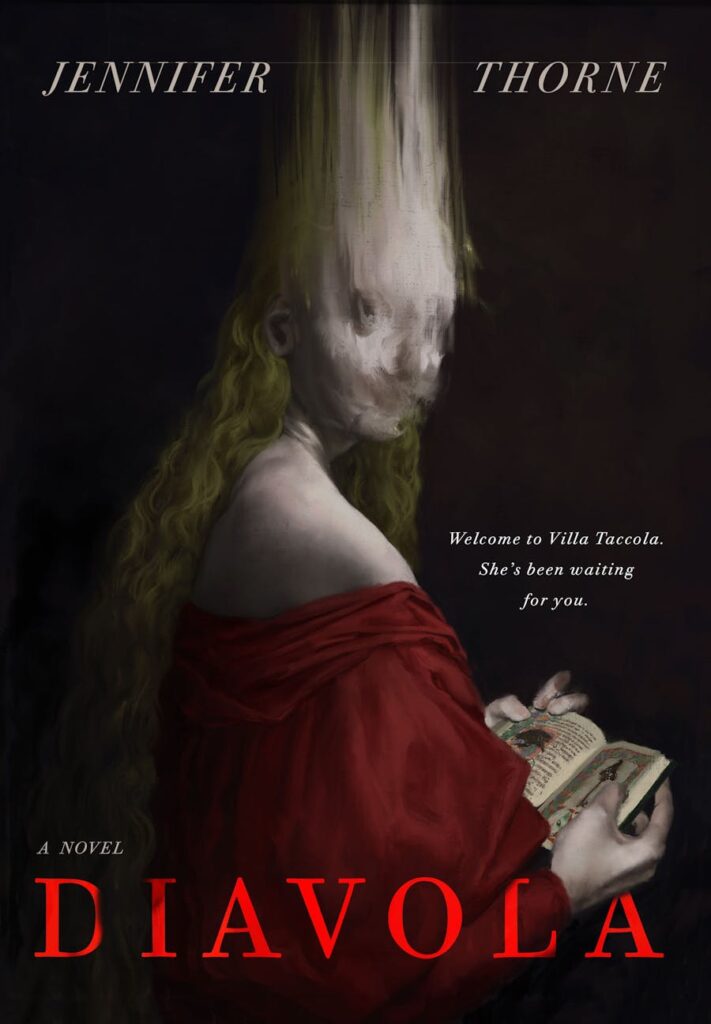
Diavola is interesting as a gothic horror through the inclusion of modern-day family vacation chaos and emotion. But it also follows a unique path from the setup and haunting and predictable responses to an original take on consequences and after-effects.
Book Review: THE HAUNTING OF VELKWOOD by Gwendolyn Kiste
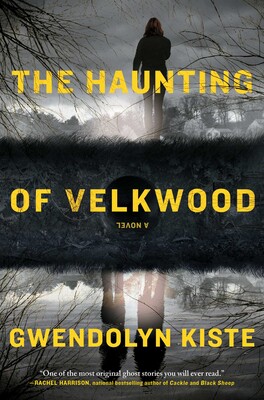
The Haunting of Velkwood is an interesting take on the haunted house trope, one that blurs the lines between who are the living and who are the ghosts and expands the supernatural milieu from a building or property to an entire community block.
Book Review: BLEAK HOUSES by Kate Maruyama
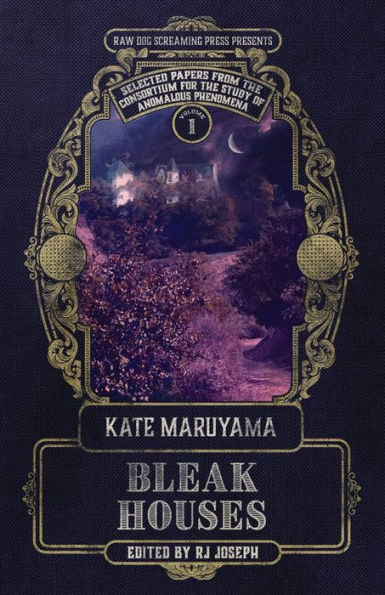
Bleak Houses, by Kate Maruyama, represents the debut of this line, consisting of two novella-length stories: Safer and Family Solstice. The small independent press Omnium Gatherum previously published Family Solstice in 2021, when Rue Morgue Magazine named it Best Fiction Book of the year. The release of Bleak Houses by RDSP thus represents an opportunity for new readers to discover that story while also being treated to another previously unpublished story born from the horrors of pandemic isolation.

